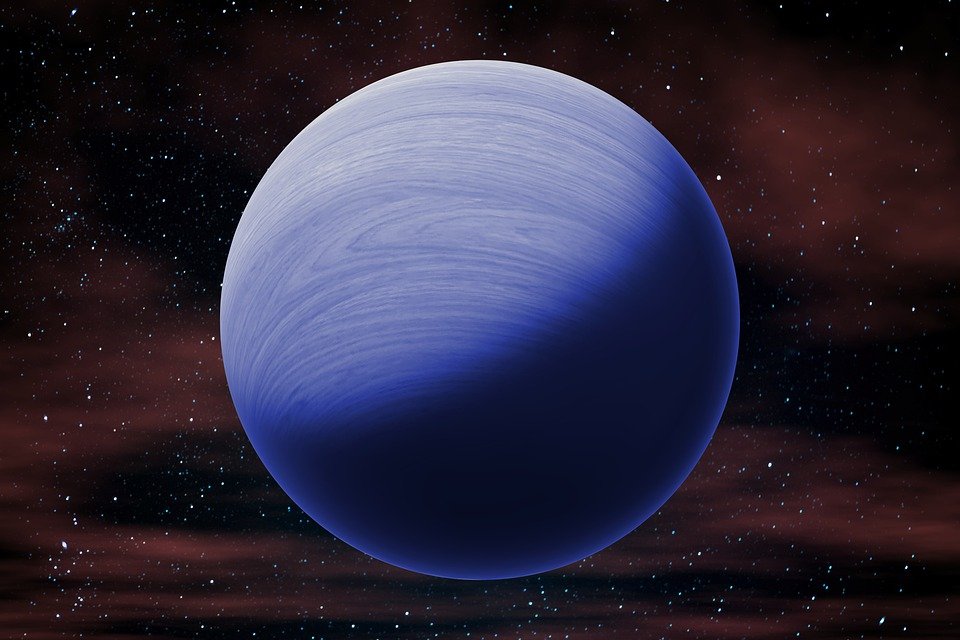NASA says the existence of hundreds of new exoplanets in the Milky Way galaxy has been confirmed with the help of machine learning.
Exoplanets are planets that orbit a star outside the solar system. All known and possible exoplanets have thus far only been observed in the Milky Way galaxy, often within 3,000 light-years of Earth.
NASA on Monday announced scientists recently added 301 exoplanets to the total tally of known exoplanets, increasing the total discovered to 4,569.
The confirmation of the faraway planets is thanks to a new deep neural network called ExoMiner that utilizes NASA’s Pleiades supercomputer and data from the Kepler spacecraft. Deep neural networks are machine-learning methods that automatically learn a task when provided with enough data, according to the space agency.
NASA says ExoMiner supplements experts who carry out the time-consuming work of combing through massive data sets taken from Kepler to determine what is and isn’t a planet. ExoMiner is able to distinguish real exoplanets from imposters and learns by using past confirmed exoplanets and false-positive cases.
NASA says the 301 planets were detected by Kepler but scientists were unable to validate them as planets until ExoMiner was utilized.
“When ExoMiner says something is a planet, you can be sure it’s a planet,” Hamed Valizadegan, ExoMiner project lead and machine learning manager with the Universities Space Research Association at Ames, said in a release.
“ExoMiner is highly accurate and in some ways more reliable than both existing machine classifiers and the human experts it’s meant to emulate because of the biases that come with human labeling,” Valizadegan said.
Researchers note none of the newly confirmed planets are believed to be Earth-like or in the habitable zone of their parent stars.
According to thehill.com















